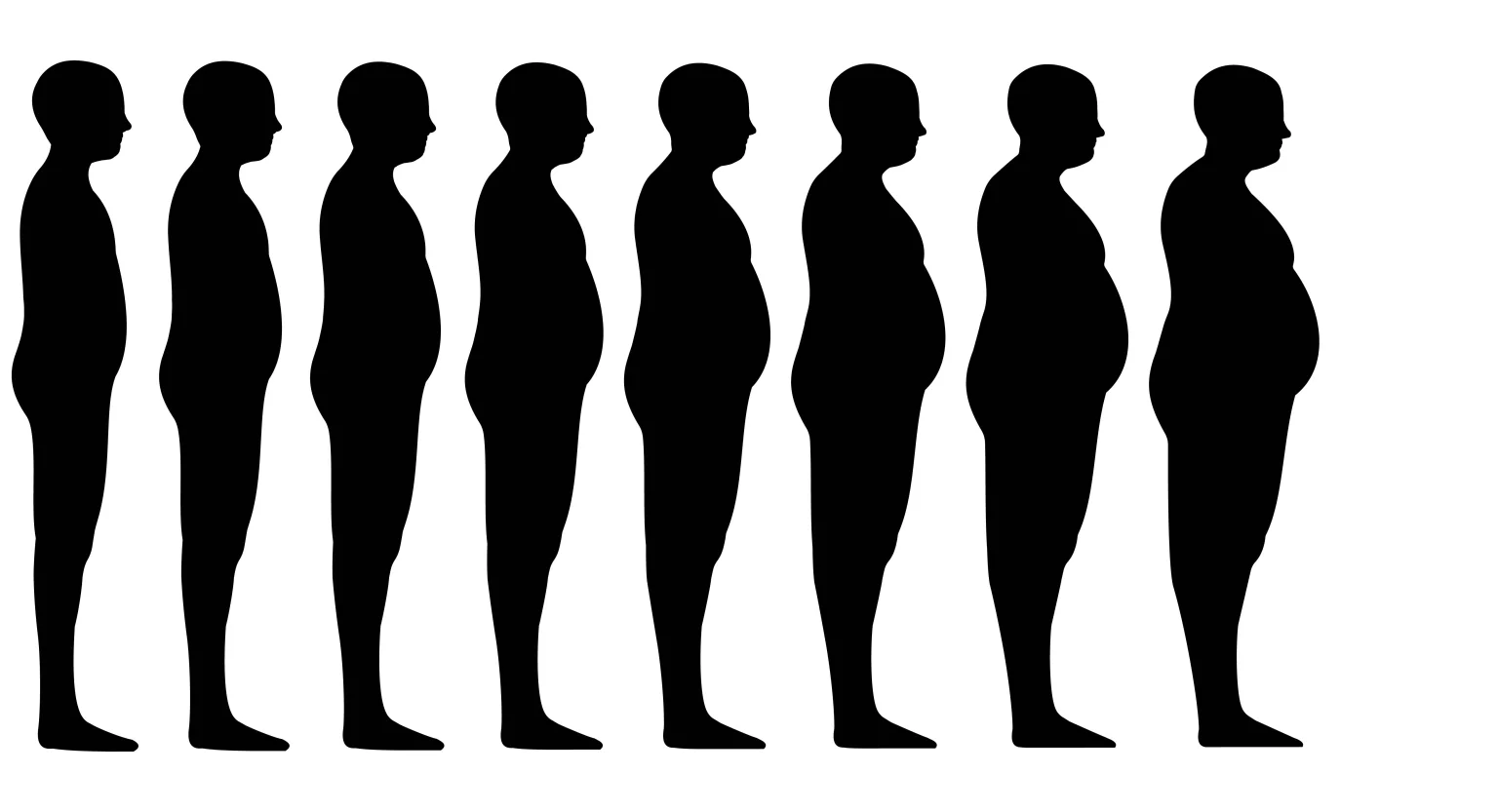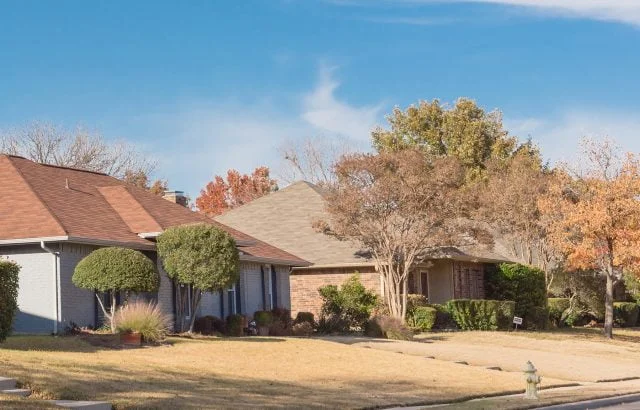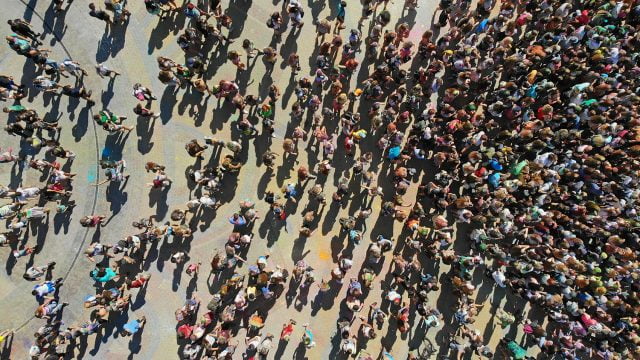Tag: middle class

The fortunes of Americans whose wealth is in the top 10 percent have soared, leaving the rest of the country trailing in their wake. But let’s focus instead on the unsettling trends that have developed within the middle class. Both the health and finances of older workers have deteriorated in the bottom half of “t…

The net benefit of the programs to the middle class dwarfs the $153,000 in average net benefits for retired households in the top fifth of the lifetime earnings distribution, and it also exceeds the $196,000 gain for the bottom fifth. The middle class is defined as the second, third, and fourth of the five earnings…








